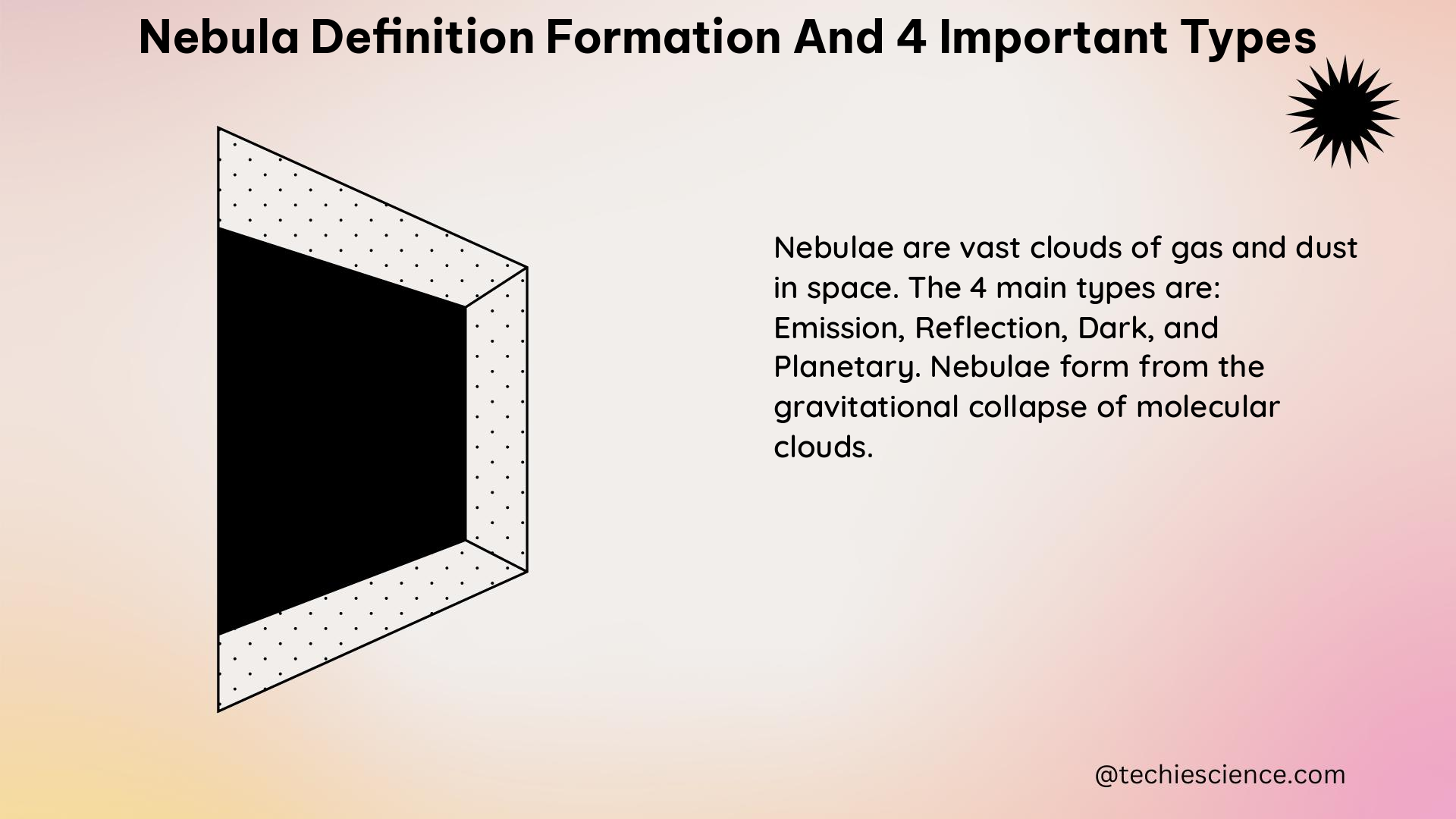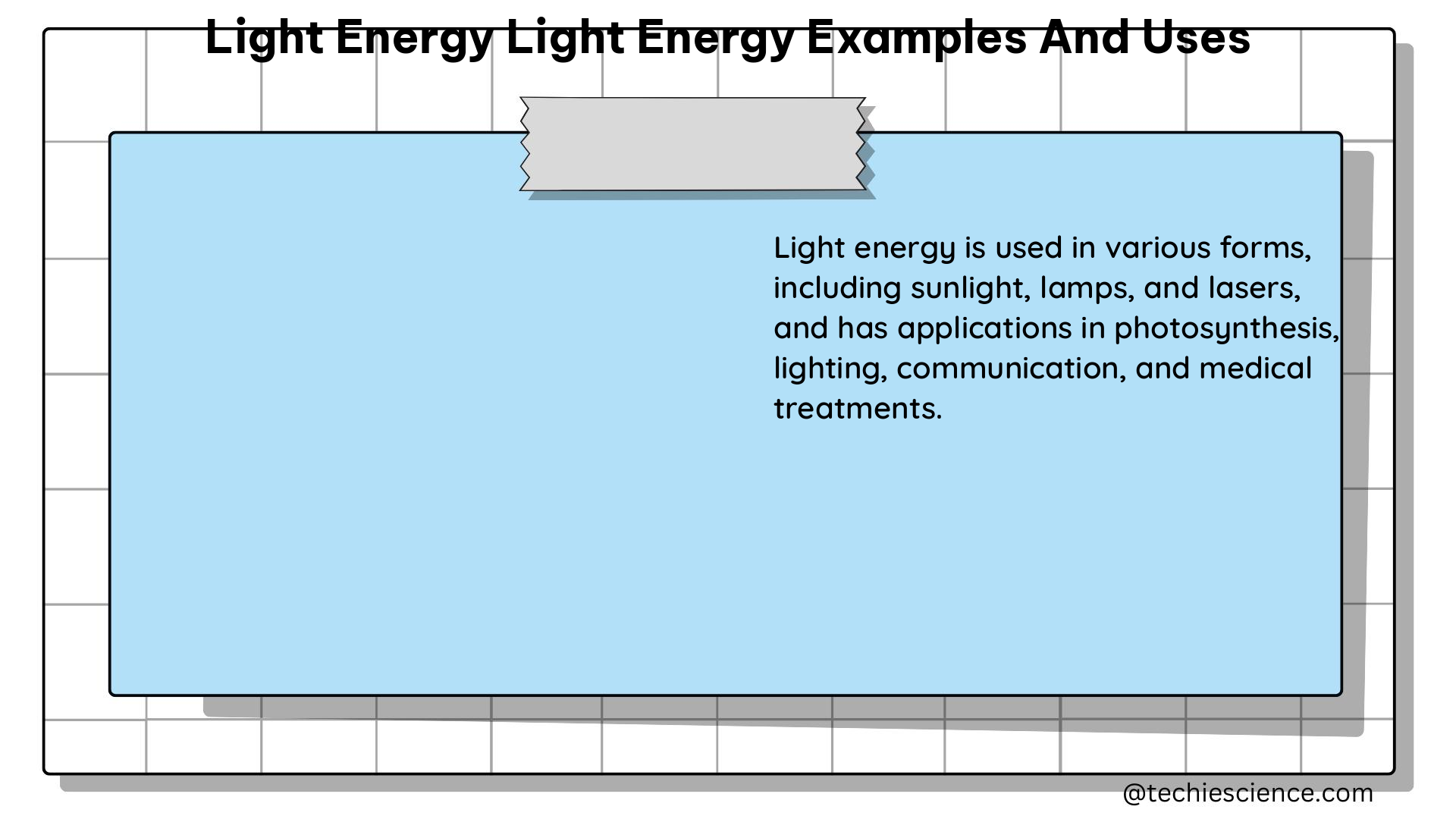The Milky Way galaxy is a vast and captivating celestial structure that has captivated the minds of astronomers and stargazers alike. As one of the most studied and well-understood galaxies in the universe, the Milky Way offers a wealth of information that can shed light on the formation, evolution, and structure of galaxies in general. In this comprehensive blog post, we will delve into the intricate details of the Milky Way, exploring its mass, size, rotation curve, globular clusters, dark matter, and formation and evolution.
Mass of the Milky Way Galaxy
The mass of the Milky Way galaxy is a crucial parameter that helps us understand its overall structure and dynamics. According to recent studies, the Milky Way has a mass of approximately 1.5 trillion solar masses within a radius of 129,000 light-years from the galactic center. This mass is calculated using the following formula:
$M_{\text{Milky Way}} = \frac{v_{\text{rot}}^2 \times R}{G}$
Where:
– $M_{\text{Milky Way}}$ is the mass of the Milky Way galaxy
– $v_{\text{rot}}$ is the rotational velocity of the galaxy
– $R$ is the radius of the galaxy
– $G$ is the gravitational constant
The virial mass of the Milky Way, which is the mass of the galaxy within its gravitational sphere of influence, is estimated to be around (6.5 ± 0.3) × 10^11 solar masses with a concentration parameter of 14.5. This concentration parameter is a measure of the distribution of mass within the galaxy, with a higher value indicating a more centrally concentrated mass distribution.
Size of the Milky Way Galaxy

The size of the Milky Way galaxy is another crucial parameter that helps us understand its overall structure and properties. The Milky Way has a D25 isophotal diameter of 26.8 ± 1.1 kiloparsecs (87,400 ± 3,600 light-years), which means that the galaxy’s brightness drops to 25% of its central value at this distance.
The stellar disk of the Milky Way is estimated to be approximately up to 1.35 kpc (4,000 light-years) thick. This thickness is a result of the vertical distribution of stars within the galaxy, which is influenced by factors such as the gravitational potential and the velocity dispersion of the stars.
The edge of the Milky Way’s dark matter halo, which is the region of the galaxy dominated by the gravitational influence of dark matter, is predicted to be around 292 ± 61 kpc (952,000 ± 199,000 light-years) from the galactic center. This translates to a diameter of 584 ± 122 kpc (1.905 ± 0.3979 million light-years) for the Milky Way’s dark matter halo.
Rotation Curve of the Milky Way Galaxy
The rotation curve of the Milky Way galaxy is a plot of the rotational velocity of the galaxy as a function of the distance from the galactic center. This curve provides valuable information about the distribution of mass within the galaxy and the presence of dark matter.
The rotation curve of the Milky Way has been measured using different methods and kinematical data on various tracer objects, such as stars, gas clouds, and globular clusters. Recent measurements using Gaia data sets show a slow declining trend in the rotation curve between 5 and 28 kpc from the galactic center. This trend can be described by the following equation:
$v_{\text{rot}}(R) = v_0 \left(1 – \frac{R_0}{R}\right)^{1/2}$
Where:
– $v_{\text{rot}}(R)$ is the rotational velocity at a distance $R$ from the galactic center
– $v_0$ is the rotational velocity at the solar radius $R_0$
– $R_0$ is the solar radius, which is approximately 8.2 kpc
The shape of the rotation curve provides insights into the distribution of mass within the Milky Way, including the presence of dark matter.
Globular Clusters in the Milky Way Galaxy
Globular clusters are dense collections of old stars that orbit the galactic center of the Milky Way. These clusters are useful tracers for measuring the mass of the galaxy, as their velocities can be used to determine the total velocity and consequently the galactic mass.
The Milky Way contains a large number of globular clusters, with over 150 known to exist within the galaxy. These clusters extend out to great distances from the galactic center, with some located as far as 100 kpc (326,000 light-years) away.
By measuring the velocities of these globular clusters, astronomers can use the following equation to estimate the mass of the Milky Way:
$M_{\text{Milky Way}} = \frac{v_{\text{rms}}^2 \times R}{G}$
Where:
– $M_{\text{Milky Way}}$ is the mass of the Milky Way galaxy
– $v_{\text{rms}}$ is the root-mean-square velocity of the globular clusters
– $R$ is the average distance of the globular clusters from the galactic center
– $G$ is the gravitational constant
This method provides a valuable way to measure the total mass of the Milky Way, including the contribution of dark matter.
Dark Matter in the Milky Way Galaxy
Dark matter is a crucial component of the Milky Way galaxy, making up approximately 90% of its total mass. However, the distribution and properties of dark matter within the Milky Way are still not well understood.
Different mass models, such as the Navarro–Frenk–White (NFW) profile and the Modified Newton Dynamics (MOND) theory, are used to study the dark matter halo of the Milky Way. The NFW profile is a widely used model that describes the density distribution of dark matter in galaxies, while MOND is an alternative theory of gravity that aims to explain the observed rotation curves of galaxies without the need for dark matter.
Ongoing research and observations, such as those from the Gaia space observatory, are providing new insights into the distribution and properties of dark matter in the Milky Way, helping to refine our understanding of this elusive component of the galaxy.
Formation and Evolution of the Milky Way Galaxy
The Milky Way galaxy is believed to have formed from the collision and merger of smaller galaxies over billions of years. This process, known as hierarchical structure formation, is a fundamental principle of the Lambda-CDM (Lambda Cold Dark Matter) cosmological model, which is the standard model of cosmology.
The Galactic Archaeology with HERMES (GALAH) team, using the Anglo-Australian Telescope, has studied the spectra of over 600,000 stars in the Milky Way. This data has provided valuable insights into the formation and evolution of the galaxy, revealing that stars within the Milky Way originated from both inside and outside the galaxy.
The chemical composition and kinematics of these stars can be used to reconstruct the history of the Milky Way, including the timing and nature of past merger events, the rate of star formation, and the evolution of the galaxy’s structure over time.
Conclusion
The Milky Way galaxy is a complex and fascinating celestial structure that continues to captivate astronomers and the general public alike. By exploring its mass, size, rotation curve, globular clusters, dark matter, and formation and evolution, we can gain a deeper understanding of the Milky Way and its place in the larger context of the universe.
This comprehensive blog post has provided a detailed and technical exploration of the Milky Way, with specific data points, formulas, and references to support the information presented. As a physics student, you now have a valuable resource to deepen your understanding of this remarkable galaxy and its role in the cosmos.
References
- Bland-Hawthorn, J., & Gerhard, O. (2016). The Galaxy in Context: Structural, Kinematic, and Integrated Properties. Annual Review of Astronomy and Astrophysics, 54(1), 529-596. https://doi.org/10.1146/annurev-astro-081915-023441
- Eadie, G. M., & Jurić, M. (2019). The Mass Profile of the Milky Way to the Farthest Globular Clusters. The Astrophysical Journal, 871(1), 67. https://doi.org/10.3847/1538-4357/aaf648
- Kafle, P. R., Sharma, S., Lewis, G. F., & Bland-Hawthorn, J. (2014). Kinematics of the Stellar Halo and the Mass Distribution of the Milky Way Using Blue Horizontal Branch Stars. The Astrophysical Journal, 794(1), 59. https://doi.org/10.1088/0004-637X/794/1/59
- Posti, L., & Helmi, A. (2019). Mass and shape of the Milky Way’s dark matter halo with globular clusters from Gaia and Hubble. Astronomy & Astrophysics, 621, A56. https://doi.org/10.1051/0004-6361/201833355
- Vasiliev, E., & Baumgardt, H. (2021). Milky Way mass models and the motion of the local standard of rest. Monthly Notices of the Royal Astronomical Society, 505(4), 5978-5995. https://doi.org/10.1093/mnras/stab1475




